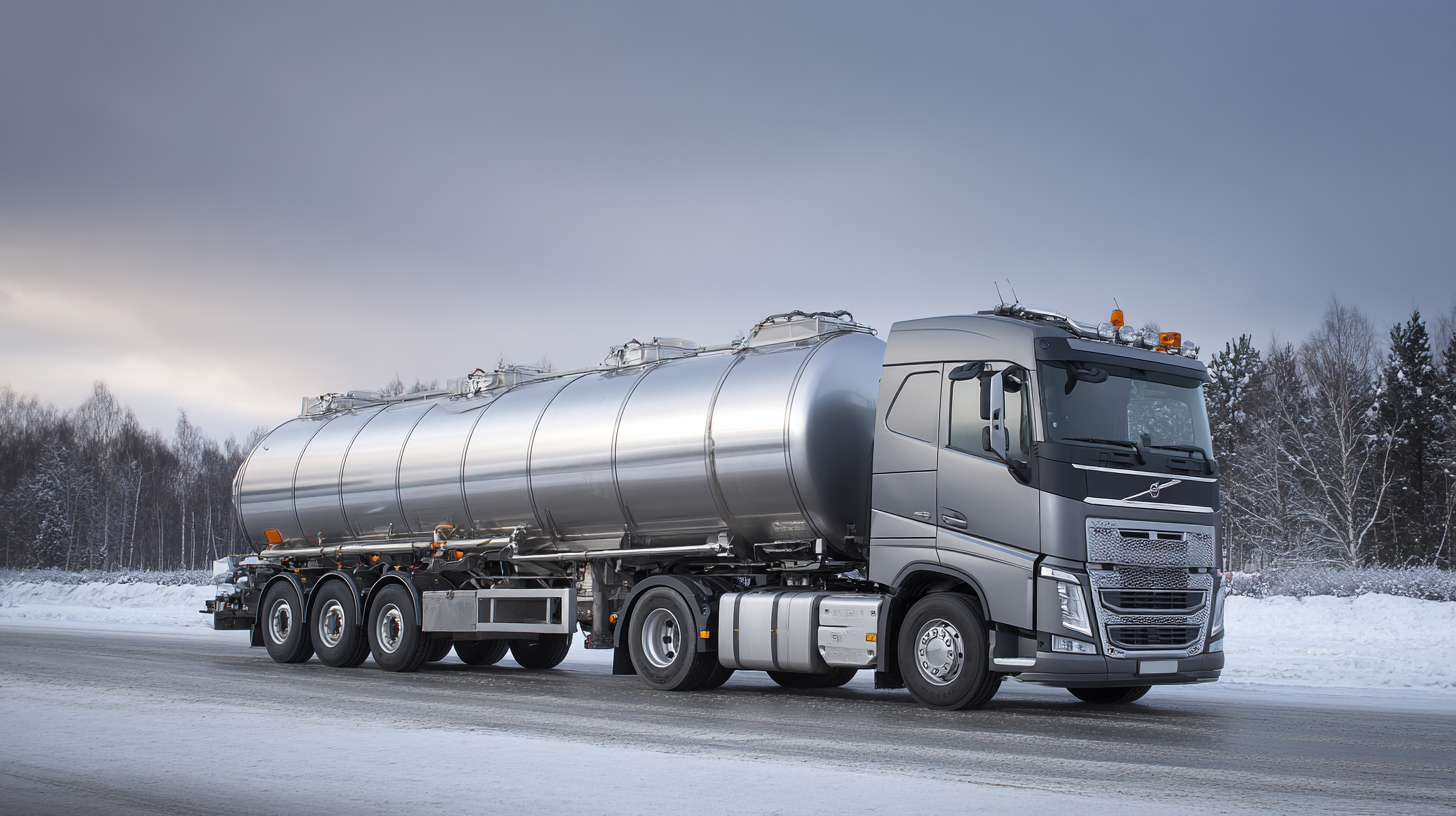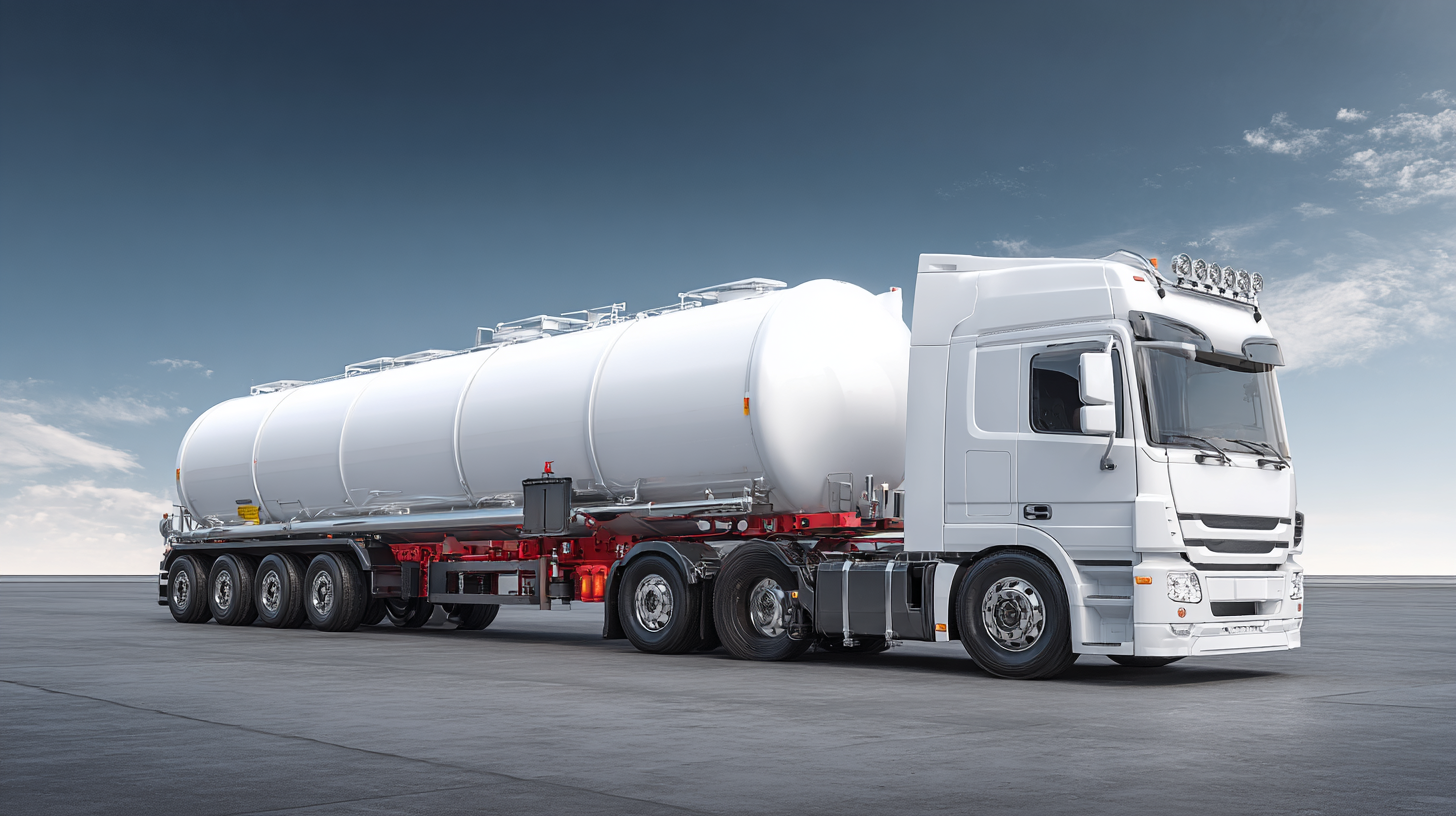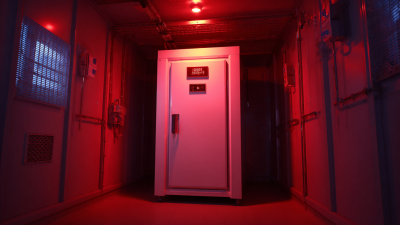
-
Home
-
About us
-
Products
-
Solutions
-
News
-
Blog
-
Contact us
Leave Your Message

Selecting the appropriate Cryogenic Liquid Transport Vehicle is crucial for efficiently and safely transporting cryogenic liquids, which are essential in various industries including healthcare, energy, and manufacturing. Understanding the specific requirements of your operations—such as the type of cryogen being transported, distance, and regulatory compliance—is vital to making an informed choice.

Factors such as the vehicle's capacity, insulation technology, and design features play significant roles in ensuring the integrity and reliability of the cryogenic products during transit. Additionally, considerations regarding cost-effectiveness and service options can further influence your decision. This article aims to guide you through the critical considerations and options available, helping you to select the right Cryogenic Liquid Transport Vehicle tailored to your unique operational needs.
When selecting a cryogenic liquid transport vehicle, understanding the various types available is crucial. Cryogenic liquids, such as liquid nitrogen, helium, and oxygen, require specialized vehicles to ensure safety and efficiency during transport. There are primarily two categories of cryogenic transport vehicles: atmospheric pressure and vacuum-insulated types. Atmospheric pressure vehicles are suitable for transporting gases that have a boiling point above minus 196 degrees Celsius, while vacuum-insulated vehicles are designed for lower temperature liquids, providing superior insulation to maintain cryogenic states for extended periods.
Furthermore, each type of vehicle comes with its own features and specifications that cater to different operational needs. For instance, some vehicles may offer advanced monitoring systems to track temperature and pressure in real-time, adding a layer of safety and efficiency for sensitive cargo. Others might have customisable loading and unloading mechanisms that streamline operations in various environments, from industrial settings to research institutions. Understanding these distinctions will help determine the right vehicle to match the specific requirements of transporting cryogenic liquids safely and effectively.
When selecting a cryogenic liquid transport vehicle, several key factors must be considered to ensure optimal functionality and safety. First, assess the type of cryogenic liquid you will be transporting. Different liquids, such as liquid nitrogen, oxygen, or helium, have varying temperature and pressure requirements. Understanding these parameters will help you select a vehicle equipped with appropriate insulation and storage technology to maintain the desired temperature and prevent evaporation losses.
Another crucial factor is the vehicle's capacity and design. It’s important to choose a tank size that meets your transport volume needs while also complying with local regulations for hazardous materials. Additionally, consider the vehicle's maneuverability and loading/unloading mechanisms, as these will impact efficiency during operations. Finally, evaluate the vehicle's maintenance and operating costs, including fuel efficiency and ease of repairs, to ensure long-term viability for your specific transport requirements.
When selecting a cryogenic liquid transport vehicle, evaluating safety features is paramount. According to a report by the Compressed Gas Association, over 50% of incidents involving cryogenic liquids can be traced back to inadequate safety measures. Thus, understanding the vehicle's design and the materials used is crucial. Look for vehicles constructed with high-strength materials capable of withstanding extreme temperatures and pressures, as these can significantly reduce the risk of leaks or catastrophic failures.
Tips: Always check for compliance with the latest safety standards, such as those provided by the American Society of Mechanical Engineers (ASME). Incorporating advanced safety features, such as automatic venting systems and pressure relief valves, can enhance the safety profile of your transport vehicle.
Additionally, consider the vehicle's thermal insulation capabilities. Data from the National Institute of Standards and Technology indicates that vehicles with superior insulation can minimize the boil-off of liquefied gases by up to 30%, reducing both cost and risk. Regular maintenance and inspections are also essential for ensuring the safety and reliability of your cryogenic transport solutions.

When selecting a cryogenic liquid transport vehicle, balancing cost and efficiency is paramount. Transporting cryogenic liquids such as liquid nitrogen, helium, or oxygen involves substantial investments, and understanding the cost structure is essential. Lower upfront costs may seem attractive, but hidden expenses related to inefficiencies in fuel consumption, maintenance, and regulatory compliance can accumulate over time. Therefore, evaluating the total cost of ownership, including operational costs, is crucial to ensure that the chosen vehicle meets budgetary constraints without sacrificing reliability.

On the other hand, efficiency plays a vital role in optimizing cryogenic transport. High-efficiency vehicles not only ensure quicker and safer deliveries but also minimize product losses due to evaporation or improper insulation. Investing in advanced insulation materials and technologies can significantly reduce energy consumption and operational costs in the long run. Therefore, stakeholders must conduct a thorough analysis of both initial costs and long-term efficiencies to identify vehicles that strike the right balance, ultimately supporting their operational goals while keeping expenses in check.
When selecting a cryogenic liquid transport vehicle, maintenance and regulatory compliance are pivotal factors that should not be overlooked. Proper maintenance ensures the longevity and reliability of the transport vehicle, which is crucial for handling sensitive and potentially hazardous cryogenic materials. Regular inspections should include checking for insulation integrity, validating the pressure relief systems, and ensuring that the vehicle's temperature monitoring equipment is functioning correctly. Adhering to a stringent maintenance schedule helps prevent operational failures that could lead to costly spills or safety incidents.
In addition to maintenance, regulatory compliance plays an essential role in the selection and operation of cryogenic transport vehicles. Operators must familiarize themselves with the relevant local, national, and international regulations governing the transportation of cryogenic liquids. This includes compliance with guidelines from agencies such as the Department of Transportation (DOT) and the Environmental Protection Agency (EPA) in the U.S., as well as any pertinent international transport standards. By ensuring that the chosen vehicle meets all regulatory requirements, operators not only safeguard their operations but also contribute to the overall safety and efficacy of cryogenic material transport.
This chart illustrates the different types of cryogenic liquid transport vehicles based on their maintenance requirements and regulatory compliance ratings. The data compares three types of vehicles: Tankers, ISO Containers, and Mobile Storage Units.





